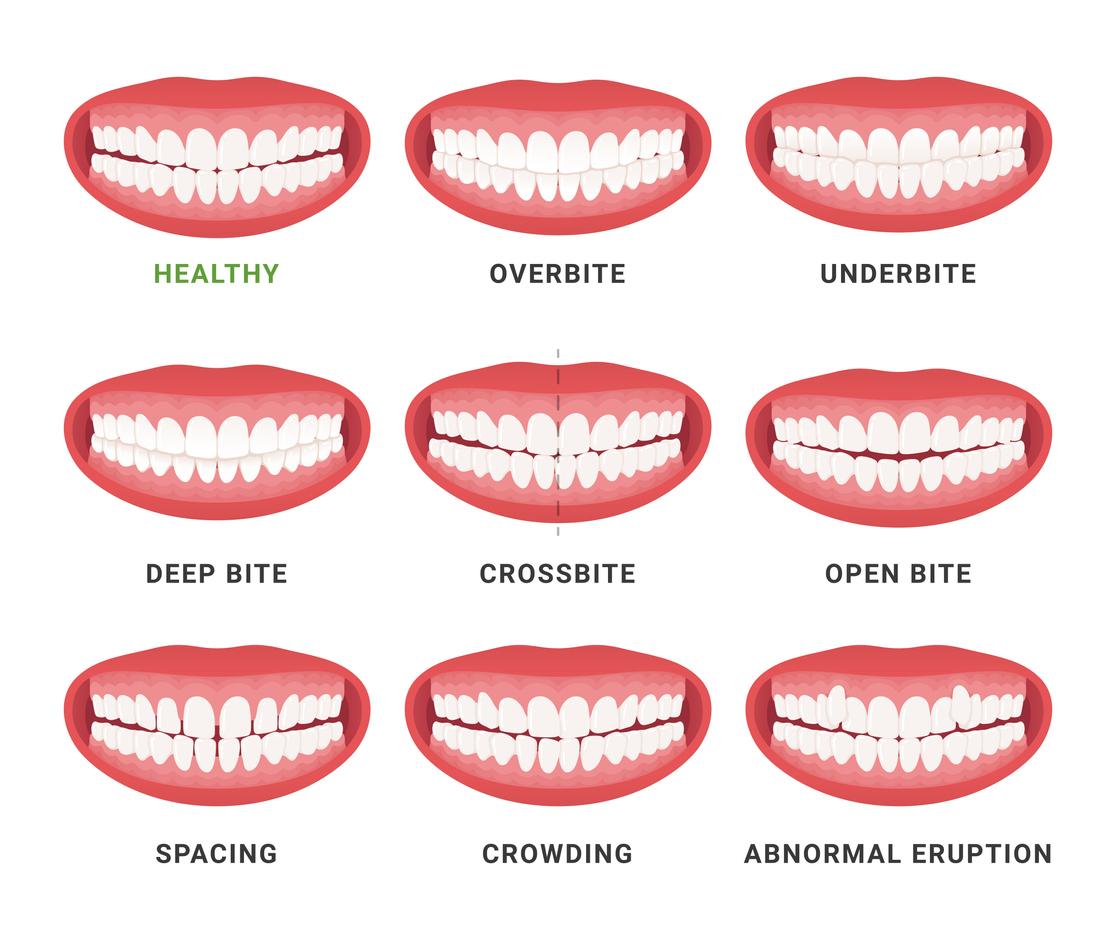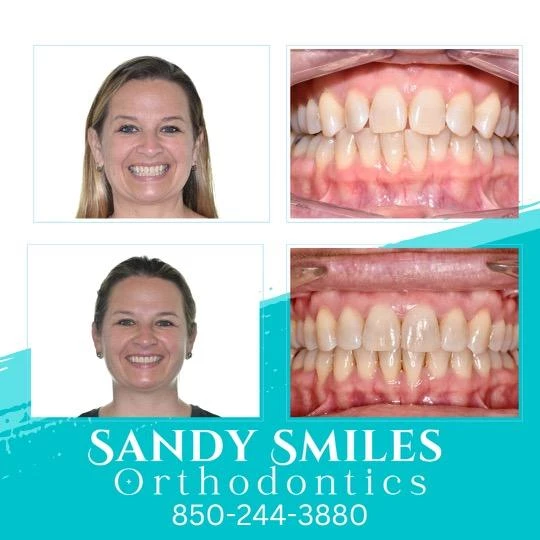Discover the Benefits of Invisalign for a Perfect Smile Transformation
Discover the Benefits of Invisalign for a Perfect Smile Transformation
Blog Article
Invisalign vs. Traditional Braces: Which Choice Is Right for You?
When thinking about orthodontic therapy, the choice between Invisalign and conventional dental braces provides numerous crucial elements that warrant cautious evaluation. Invisalign supplies a discreet choice with detachable aligners, while conventional dental braces give an extra visible yet efficient option for serious imbalance. Each choice incorporates distinct benefits and drawbacks connected to visual appeals, comfort, treatment duration, and price. Recognizing these subtleties is crucial for making an informed choice that straightens with your personal preferences and lifestyle. The question remains: which alternative will ideal fulfill your orthodontic needs and expectations?
Overview of Therapy Choices

On the other hand, traditional dental braces contain metal braces and cords that are adhered to the teeth. This technique uses continuous pressure with time to achieve positioning. While reliable for complex orthodontic problems, typical braces need routine gos to for changes and can position obstacles in maintaining oral hygiene as a result of the trouble of cleaning around brackets and cables.
Both alternatives have their benefits, and the option commonly depends upon details dental conditions, lifestyle preferences, and client compliance. Ultimately, seeking advice from an orthodontic expert is vital for determining the most suitable treatment strategy customized to specific demands. Recognizing the subtleties of each alternative can significantly influence the total success of orthodontic treatment.
Visual Factors To Consider
A substantial aspect influencing the choice in between Invisalign and traditional dental braces is the aesthetic appeal each therapy provides. Invisalign aligners are crafted from clear plastic, making them virtually unseen when worn.
On the other hand, standard braces contain metal braces and cables, which can be extra obvious. While improvements in orthodontic innovation have led to the growth of smaller sized braces and tinted elastics, traditional braces still preserve an even more noticeable account. For some people, the presence of dental braces may deter them from seeking necessary therapy.
Inevitably, the option in between Invisalign and traditional dental braces may pivot on personal preferences regarding aesthetic appeals. People who focus on discernment usually lean towards Invisalign, while those who are less worried concerning visibility may select traditional braces. Recognizing the visual implications of each choice is crucial for making a notified decision that straightens with one's lifestyle and preferences.
Comfort and Convenience

In terms of convenience, Invisalign aligners are detachable, making it possible for individuals to enjoy their favorite foods more helpful hints without limitation and preserve optimal oral health. Brushing and flossing are simplified, as the aligners can be obtained during these routines, whereas typical dental braces need careful steering around brackets and wires.
Furthermore, Invisalign's progressive system permits fewer orthodontic gos to. Patients normally receive numerous sets of aligners at the same time, which can simplify the treatment procedure and minimize time spent in the orthodontist's chair. On the other hand, conventional dental braces necessitate normal modifications, making them much less practical for those with active routines. Invisalign. Overall, the comfort and convenience of Invisalign make it an enticing option for several individuals looking for orthodontic therapy.
Therapy Duration and Performance
While both Invisalign and typical braces work in dealing with dental misalignments, the period of therapy can vary considerably between the 2 alternatives. Usually, Invisalign therapy can take anywhere from 12 to 18 months, relying on the complexity of the case. The clear aligners work by progressively changing teeth into their desired positions, and routine follow-ups with an orthodontist assistance make certain progression remains on the right track.
In comparison, standard dental braces usually require a longer commitment, usually ranging from 18 months to three years. This is because of their fixed nature and the use of cables and brackets, which can be much more efficient for complex cases and severe imbalances (Invisalign). The therapy performance of typical dental braces is well-documented, as they enable exact changes and higher control over tooth motion
Eventually, the option between Invisalign and conventional braces may depend upon both the expected treatment duration and the specific oral problems available. Consulting with an orthodontist is essential, as they can supply customized suggestions based upon individual requirements, making certain the selected technique lines up with desired results and timeframes.
Cost Contrast and Insurance Policy Alternatives
Expense plays a significant role in the decision-making procedure for people thinking about orthodontic treatment, whether deciding for Invisalign or conventional braces. Generally, the cost of Invisalign ranges from $3,000 to $8,000, while typical braces generally set you back between $2,000 and $6,000. Factors affecting these costs consist of the complexity of the instance, the period of treatment, and geographical place.
Insurance insurance coverage can considerably impact out-of-pocket find out costs. Lots of oral insurance policy strategies supply partial coverage for orthodontic therapies, but the specifics important link can vary commonly. It is important for individuals to assess their insurance plan to establish the extent of insurance coverage for either choice. Usually, traditional dental braces might be much more often covered by insurance plans contrasted to Invisalign, which some insurance companies classify as a cosmetic procedure.
In addition, several orthodontic methods use adaptable layaway plan, making both treatment options more easily accessible. People should inquire about potential financing options and discounts for in advance repayments. Reviewing the complete price, consisting of insurance advantages and layaway plan, is important for making a notified decision that aligns with both aesthetic choices and spending plan factors to consider.

Conclusion
In recap, the selection in between Invisalign and typical dental braces rests on several elements, including aesthetic preferences, convenience, therapy duration, and expense. Invisalign provides a discreet, detachable alternative that assists in dental hygiene and dietary adaptability, while typical dental braces may be preferable for intricate oral problems and typically come at a reduced cost point. Ultimately, consultation with an orthodontist is necessary to analyze private conditions and establish one of the most ideal treatment option for attaining ideal oral positioning.
When taking into consideration orthodontic treatment, the choice in between Invisalign and standard braces offers several vital factors that merit mindful analysis.Comparing Invisalign and traditional dental braces reveals distinctive therapy options for orthodontic modification.While both Invisalign and conventional dental braces are reliable in correcting oral misalignments, the duration of therapy can differ significantly in between the 2 choices.Cost plays a substantial role in the decision-making process for individuals considering orthodontic therapy, whether opting for Invisalign or standard braces.In summary, the selection in between Invisalign and traditional braces pivots on multiple elements, consisting of visual preferences, comfort, treatment period, and cost.
Report this page